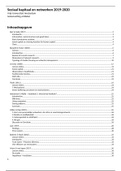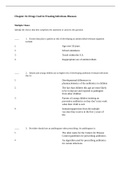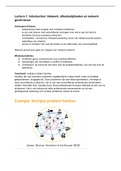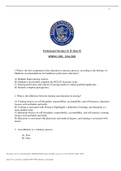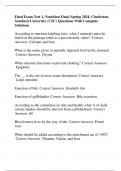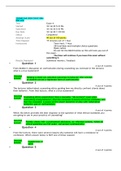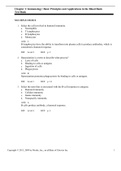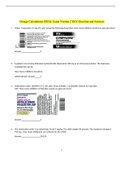Summary
Sociaal kapitaal en netwerken - samenvatting verplichte artikelen - Vrije Universiteit Amsterdam 2019/2020
- Course
- Institution
Samenvattingen van (bijna) alle verplichte artikelen van Sociaal kapitaal en netwerken, gegeven aan de Vrije Universiteit Amsterdam 2019/2020. Bevat: - Burt & Soda (2017) - Borgatti & Foster (2003) - Crossley (2008) - Thoits (2011) - Hanneman & Riddle (hoofdstuk 2) - Völker & Flap (2001) - Uzzi (1...
[Show more]
